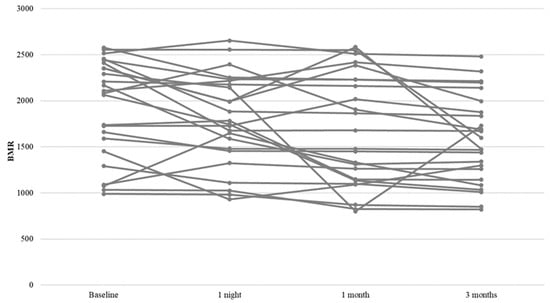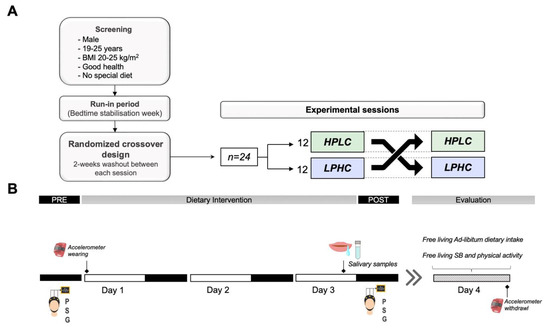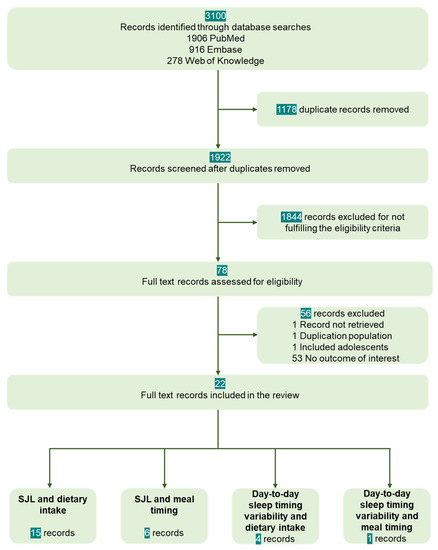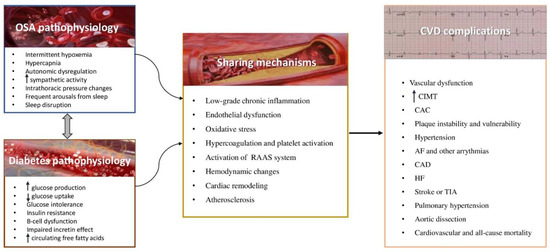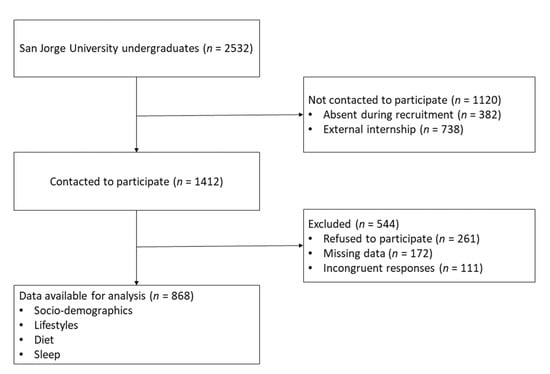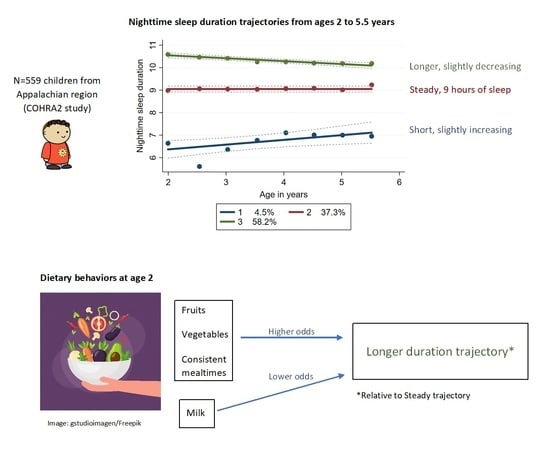Dietary Nutrient Intake and Sleep
A topical collection in Nutrients (ISSN 2072-6643). This collection belongs to the section "Nutrition and Public Health".
Viewed by 27734Editor
Interests: sleep medicine; sleep apnea; obesity; sleep–wake schedules; sleepiness; insomnia
Special Issues, Collections and Topics in MDPI journals
Topical Collection Information
Dear Colleagues,
Current evidence suggests a bidirectional relationship between diet and sleep quality and quantity.
Sleep is regulated by circadian clocks, sleep–wake homeostasis, and working or social norms. Circadian and ultradian patterns also regulate food intake; however, the meal time, size, and composition are primarily a part of a daily routine, related to individual habits and social norms.
Specific dietary components (macronutrients, micronutrients, and whole foods), different diets (Mediterranean, vegetarian, and vegan), or different meal times (meals near bedtime and Ramadan) could influence sleep in terms of the duration, quality, and sleep–wake schedules.
In this Special Issue, we welcome studies concerning the impact of diet on sleep and vice versa, as a better understanding of possible interactions between them could improve both public health and clinical practice.
Dr. Georgia Trakada
Guest Editor
Manuscript Submission Information
Manuscripts should be submitted online at www.mdpi.com by registering and logging in to this website. Once you are registered, click here to go to the submission form. Manuscripts can be submitted until the deadline. All submissions that pass pre-check are peer-reviewed. Accepted papers will be published continuously in the journal (as soon as accepted) and will be listed together on the collection website. Research articles, review articles as well as short communications are invited. For planned papers, a title and short abstract (about 100 words) can be sent to the Editorial Office for announcement on this website.
Submitted manuscripts should not have been published previously, nor be under consideration for publication elsewhere (except conference proceedings papers). All manuscripts are thoroughly refereed through a single-blind peer-review process. A guide for authors and other relevant information for submission of manuscripts is available on the Instructions for Authors page. Nutrients is an international peer-reviewed open access semimonthly journal published by MDPI.
Please visit the Instructions for Authors page before submitting a manuscript. The Article Processing Charge (APC) for publication in this open access journal is 2900 CHF (Swiss Francs). Submitted papers should be well formatted and use good English. Authors may use MDPI's English editing service prior to publication or during author revisions.
Keywords
- sleep quality
- sleep duration
- sleep–wake cycle
- diet
- Mediterranean
- vegetarian
- vegan
- meal time






